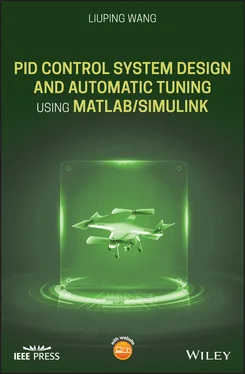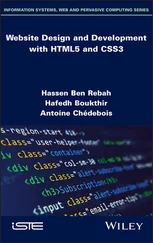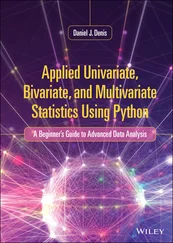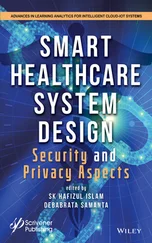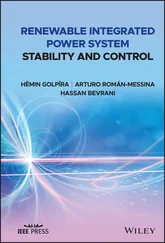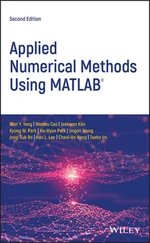130 121
131 122
132 123
133 124
134 125
135 126
136 127
137 128
138 129
139 130
140 131
141 132
142 133
143 134
144 135
145 136
146 137
147 138
148 139
149 140
150 141
151 142
152 143
153 144
154 145
155 146
156 147
157 148
158 149
159 150
160 151
161 152
162 153
163 154
164 155
165 156
166 157
167 158
168 159
169 160
170 161
171 162
172 163
173 164
174 165
175 166
176 167
177 168
178 169
179 170
180 171
181 172
182 173
183 174
184 175
185 176
186 177
187 179
188 180
189 181
190 182
191 183
192 184
193 185
194 186
195 187
196 188
197 189
198 190
199 191
200 192
201 193
202 194
203 195
204 196
205 197
206 198
207 199
208 200
209 201
210 202
211 203
212 204
213 205
214 206
215 207
216 208
217 209
218 210
219 211
220 212
221 213
222 214
223 215
224 216
225 217
226 218
227 219
228 220
229 221
230 222
231 223
232 224
233 225
234 226
235 227
236 228
237 229
238 231
239 232
240 233
241 234
242 235
243 236
244 237
245 238
246 239
247 240
248 241
249 242
250 243
251 244
252 245
253 246
254 247
255 248
256 249
257 250
258 251
259 252
260 253
261 254
262 255
263 256
264 257
265 258
266 259
267 260
268 261
269 262
270 263
271 264
272 265
273 266
274 267
275 268
276 269
277 270
278 271
279 272
280 273
281 274
282 275
283 276
284 277
285 278
286 279
287 280
288 281
289 282
290 283
291 284
292 285
293 286
294 287
295 288
296 289
297 290
298 291
299 292
300 293
301 294
302 295
303 296
304 297
305 298
306 299
307 300
308 301
309 302
310 303
311 304
312 305
313 306
314 307
315 308
316 309
317 310
318 311
319 312
320 313
321 314
322 315
323 316
324 317
325 318
326 319
327 320
328 321
329 322
330 323
331 324
332 325
333 326
334 327
335 328
336 329
337 331
338 333
339 334
340 335
341 336
342 337
343 338
344 339
345 341
346 342
347 343
348 344
349 345
PID Control SystemDesign and Automatic Tuning using MATLAB/Simulink
Liuping Wang
RMIT University
Australia

This edition first published 2020
© 2020 John Wiley & Sons Ltd
All rights reserved. No part of this publication may be reproduced, stored in a retrieval system, or transmitted, in any form or by any means, electronic, mechanical, photocopying, recording or otherwise, except as permitted by law. Advice on how to obtain permission to reuse material from this title is available at http://www.wiley.com/go/permissions.
The right of Liuping Wang to be identified as the author of this work has been asserted in accordance with law.
Registered Offices
John Wiley & Sons, Inc., 111 River Street, Hoboken, NJ 07030, USA
John Wiley & Sons Ltd, The Atrium, Southern Gate, Chichester, West Sussex, PO19 8SQ, UK
Editorial Office
The Atrium, Southern Gate, Chichester, West Sussex, PO19 8SQ, UK
For details of our global editorial offices, customer services, and more information about Wiley products visit us at www.wiley.com.
Wiley also publishes its books in a variety of electronic formats and by print-on-demand. Some content that appears in standard print versions of this book may not be available in other formats.
Limit of Liability/Disclaimer of Warranty
MATLAB ®is a trademark of The MathWorks, Inc. and is used with permission. The MathWorks does not warrant the accuracy of the text or exercises in this book. This book's use or discussion of MATLAB ®software or related products does not constitute endorsement or sponsorship by The MathWorks of a particular pedagogical approach or particular use of the MATLAB ®software.
While the publisher and authors have used their best efforts in preparing this work, they make no representations or warranties with respect to the accuracy or completeness of the contents of this work and specifically disclaim all warranties, including without limitation any implied warranties of merchantability or fitness for a particular purpose. No warranty may be created or extended by sales representatives, written sales materials or promotional statements for this work. The fact that an organization, website, or product is referred to in this work as a citation and/or potential source of further information does not mean that the publisher and authors endorse the information or services the organization, website, or product may provide or recommendations it may make. This work is sold with the understanding that the publisher is not engaged in rendering professional services. The advice and strategies contained herein may not be suitable for your situation. You should consult with a specialist where appropriate. Further, readers should be aware that websites listed in this work may have changed or disappeared between when this work was written and when it is read. Neither the publisher nor authors shall be liable for any loss of profit or any other commercial damages, including but not limited to special, incidental, consequential, or other damages.
Library of Congress Cataloging-in-Publication Data applied for
Hardback ISBN: 9781119469346
Cover Design: Wiley
Cover Images: © Panuwatccn/Shutterstock, © LogicBomb/Shutterstock
ForRobinJiansheand all my friends
PID control systems are the fundamental building blocks of classical and modern control systems. They have been used in the majority of industrial applications from chemical process control, mechanical process control, electro-mechanical process control, aerial vehicle control to electrical drive control and power converter control. Understanding these control systems and having the capability to design and implement them are paramount to a control engineer.
There are several key reasons for the continuing applications of PID controllers.
1 Simplicity in the design and analysis. There are three parameters to be chosen in the control systems. These parameters are easily understood and tuned by engineers.
2 Simplicity in the implementation. Although the PID control systems are designed and analyzed in the continuous-time, implementation is performed in discrete-time with control signal limits imposed.
3 The majority of the physical systems in the electrical, mechanical, aerospace and civil engineering fields can be decomposed in terms of components of first order or second order systems. For these first order and second order systems, the PID controller is a natural candidate because of its simplicity in design and implementation. For chemical process control, a complex system is often approximated using a first order plus delay model and a PID controller is commonly used.
Читать дальше
